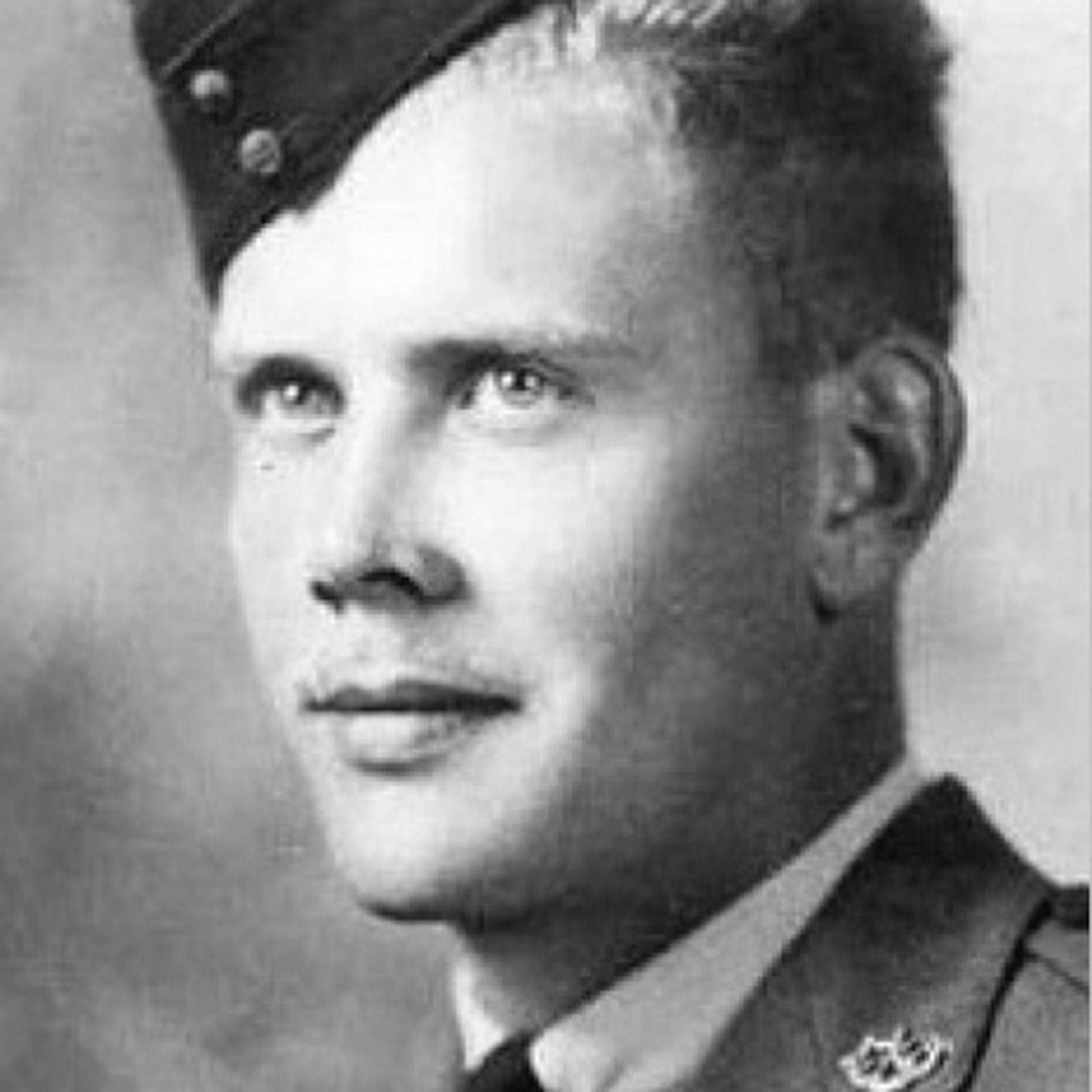
Frederick Edward Hodge, born May 17, 1919 at Winnipeg, Manitoba, grew up in Winnipeg, completing his education at Norwood Collegiate Institute in 1936.
Single and living at Norwood, Manitoba, Hodge worked as an assistant chief clerk for the Canadian National Railway and joined The Royal Winnipeg Rifles with the Non-Permanent Active Militia in May 1938 until enlistment at Winnipeg, Manitoba June 6, 1940.
Overseas in September 1941, Hodge served with the Royal Canadian Infantry Corps attached to the 1st Battalion, The Royal Winnipeg Rifles (Hosti Acie Nominati) as a Major during the Second World War.
In the first wave of landings on D-Day, June 6, 1944, with the 7th Infantry Brigade, 3rd Canadian Division, the Rifles landed near Courseulles and began their advance inland. Taken prisoner of war by the 26th SS Panzergrenadier Regiment near the village of Pavie, Calvados, France, the men were marched to nearby Chateau d’Audrieu and executed at point-blank range by machine gun carbines. One of thirty-one men found in a common grave, Hodge is commemorated at the Beny-sur-Mer Canadian War Cemetery, Calvados, France, on the Royal Winnipeg Rifles Memorial and on the Vimy Ridge Memorial Park Memorial, both in Winnipeg, Manitoba.
Son of Frederick John and Johanna Sigrid (nee Amundson) Hodge of Winnipeg, Manitoba; brother of John and Thelma Joan; he was 25 years old.
Hodge Bay on Coutts Lake, Manitoba is named in his honour.
Citation(s): 1939-1945 Star, France-Germany Star, Defence Medal, War Medal, Canadian Volunteer Service Medal with Clasp. “At the going down of the sun and in the morning, we will remember them.”